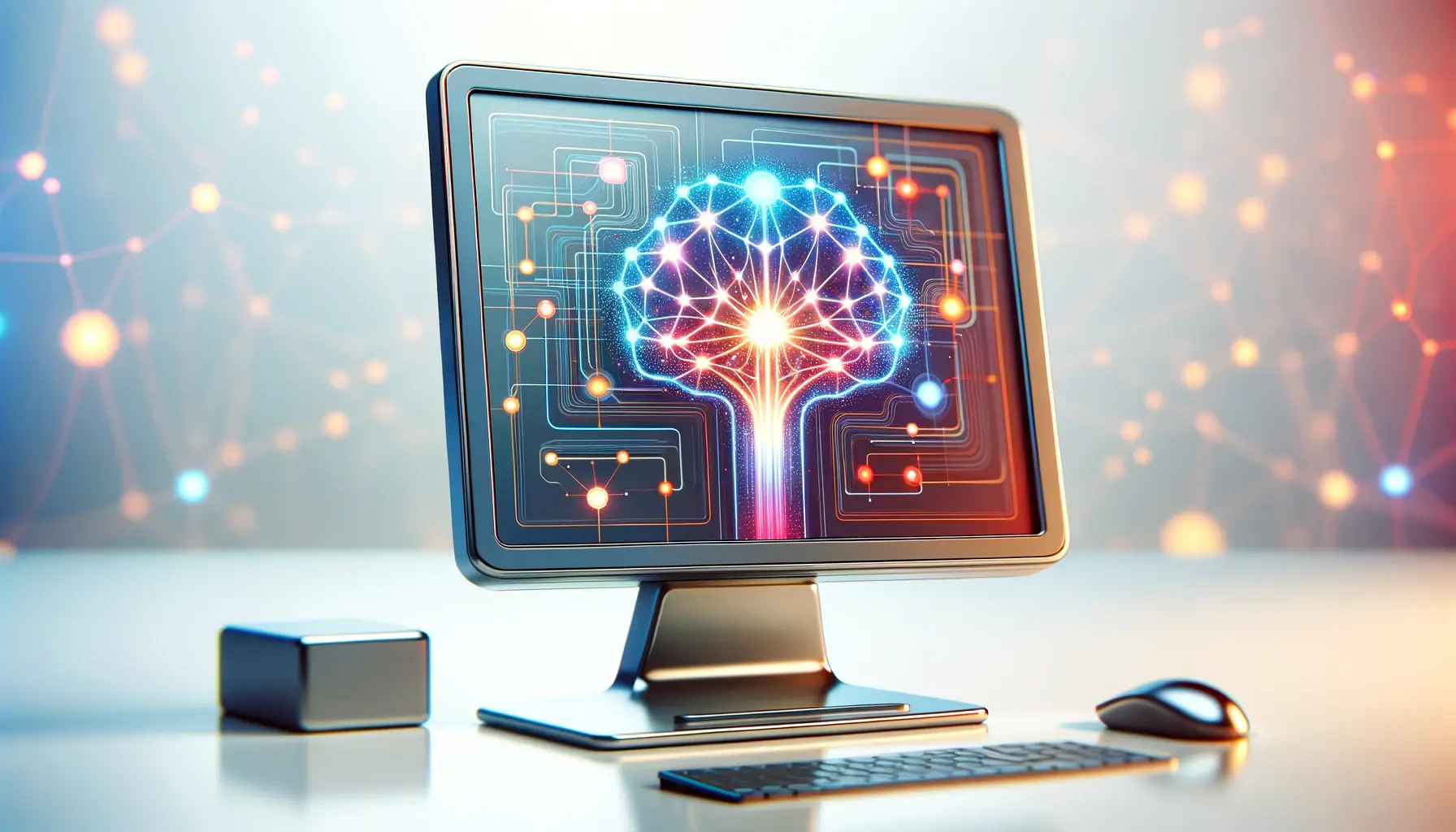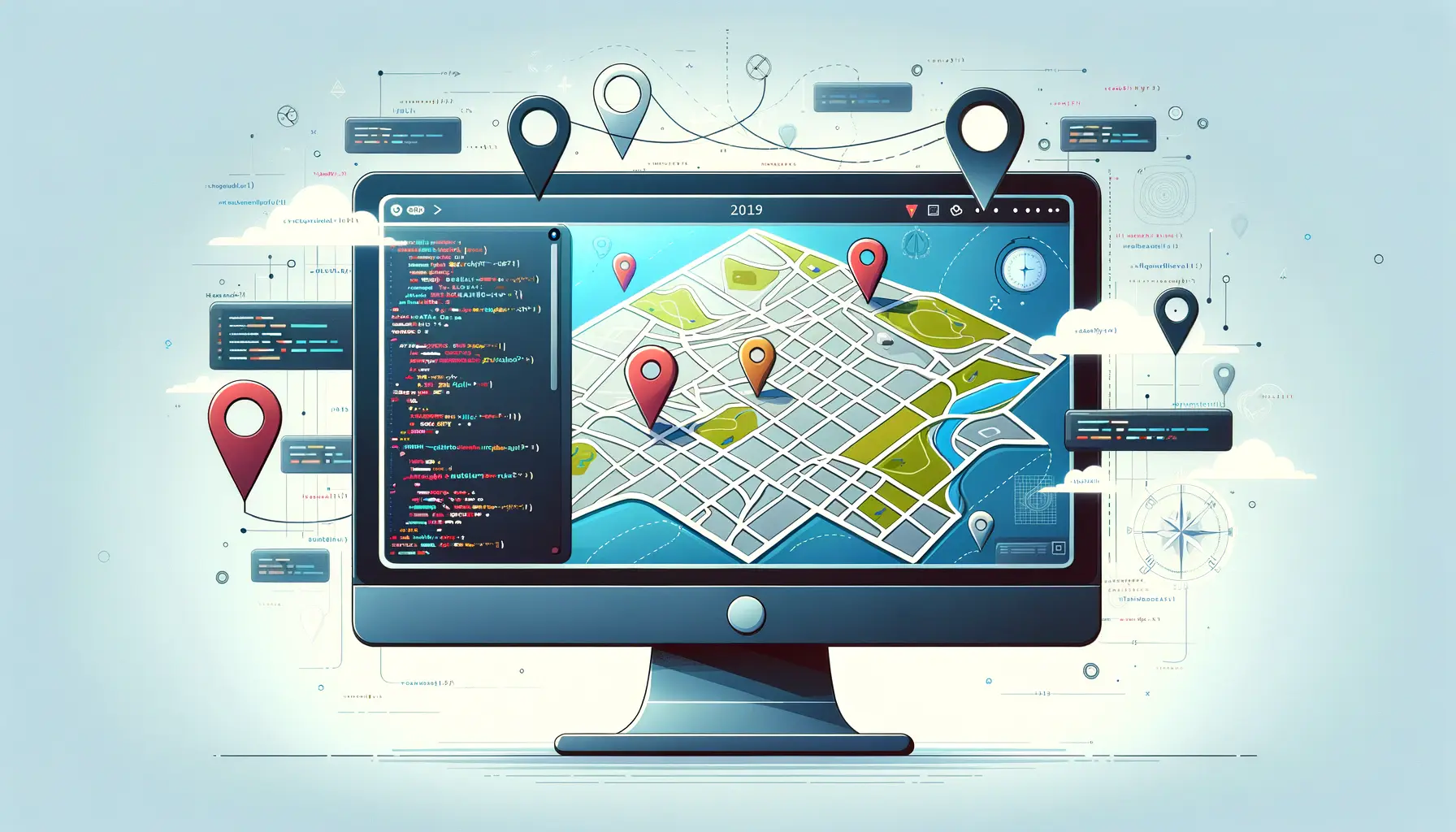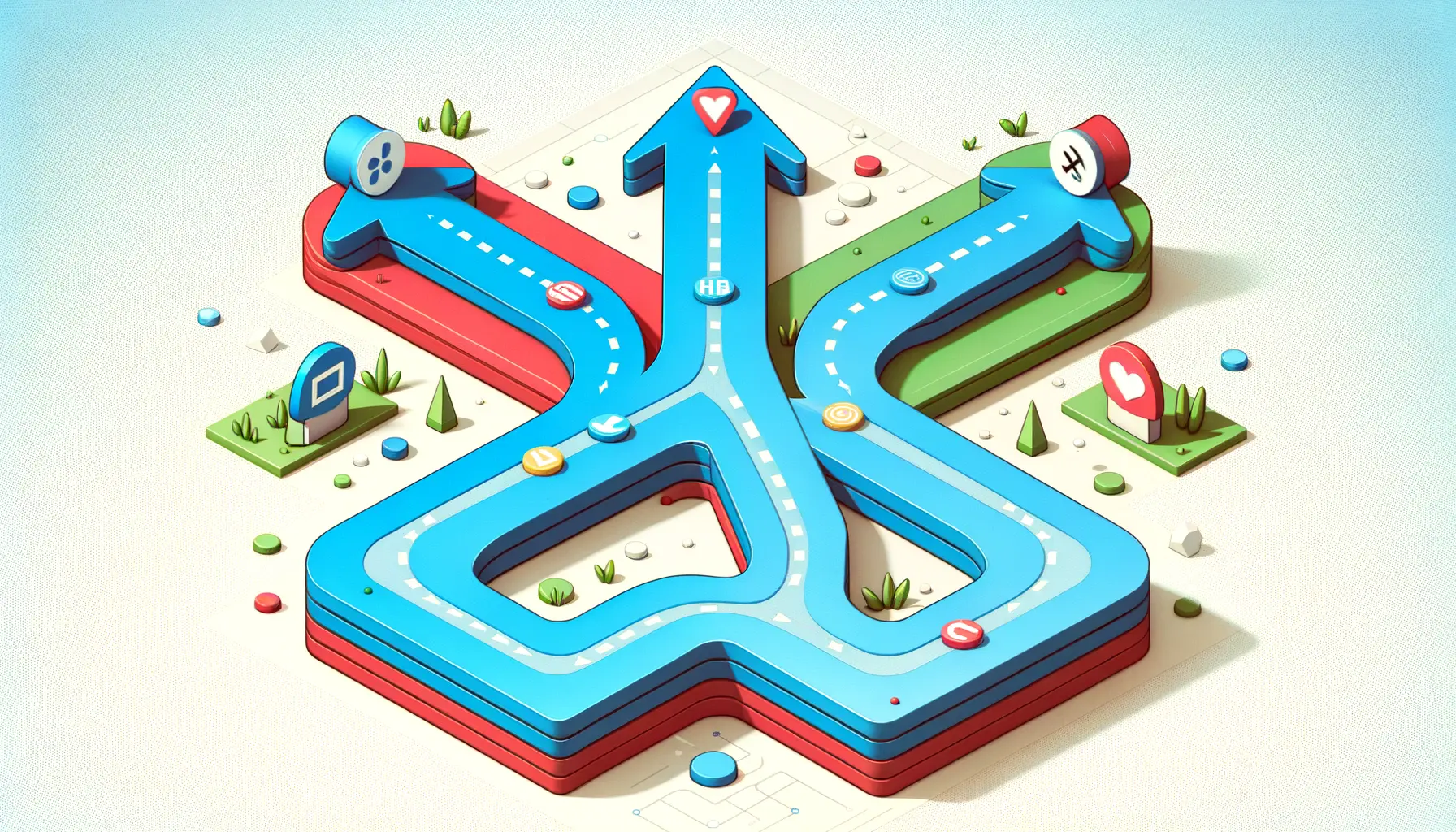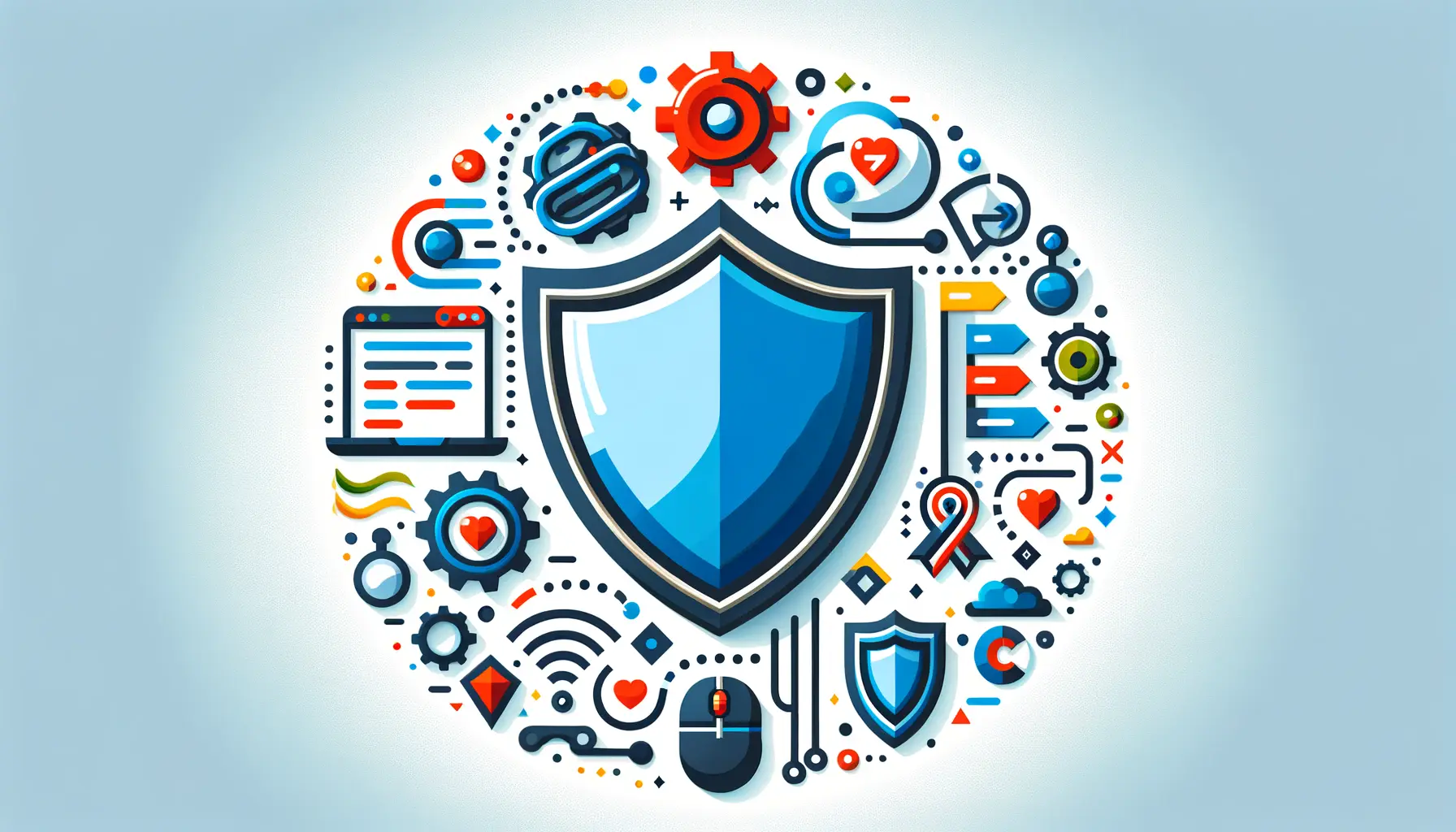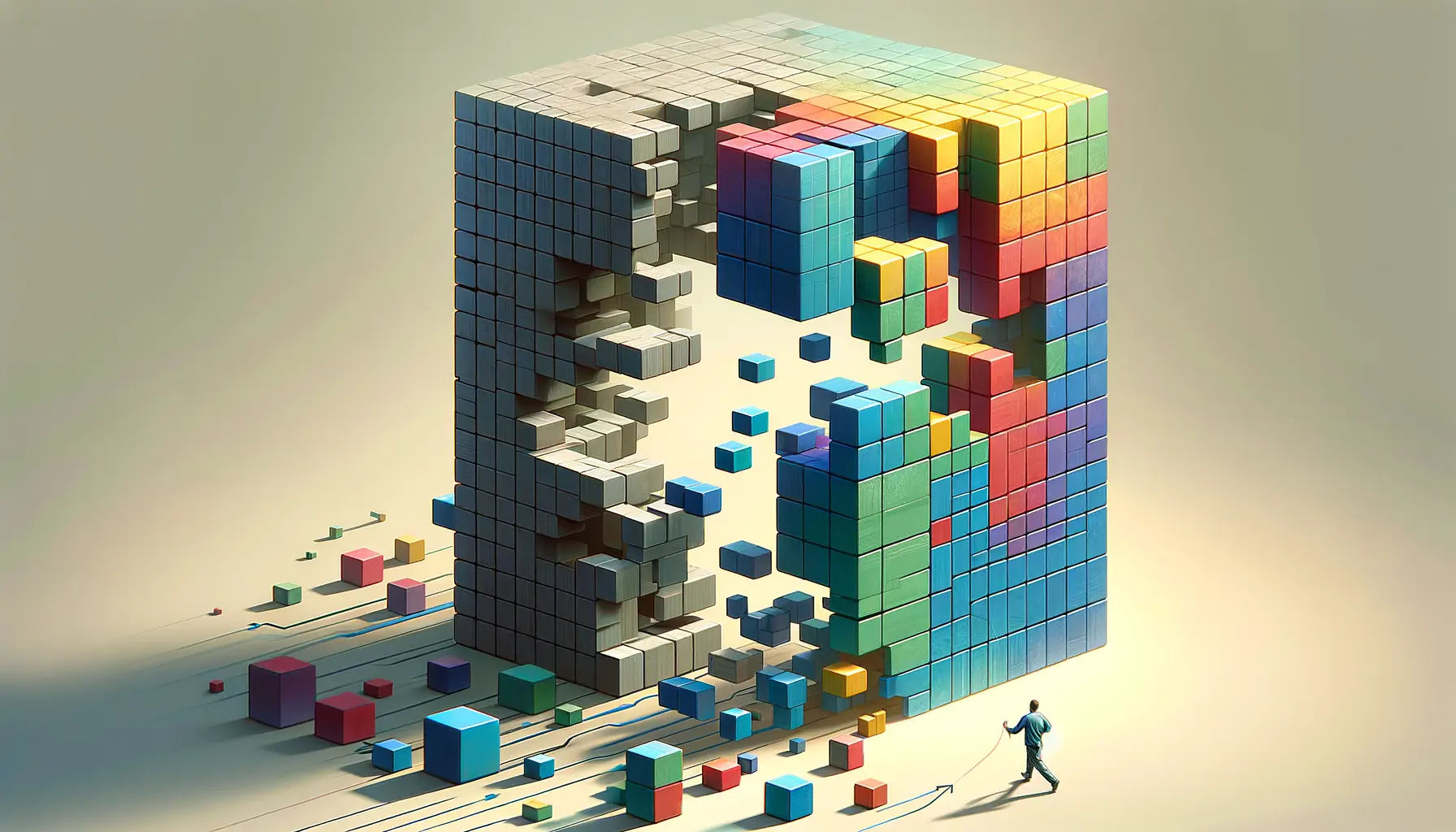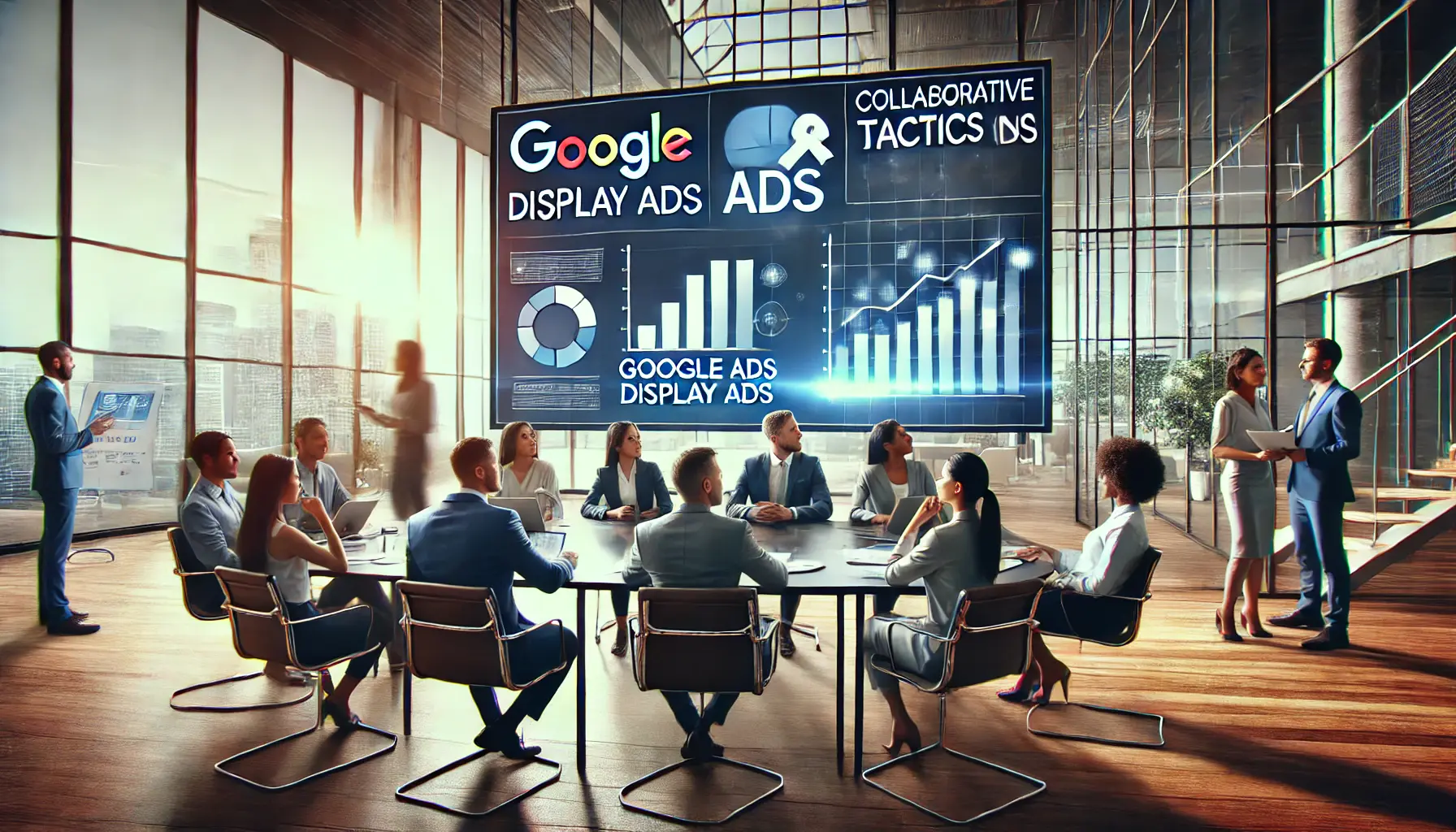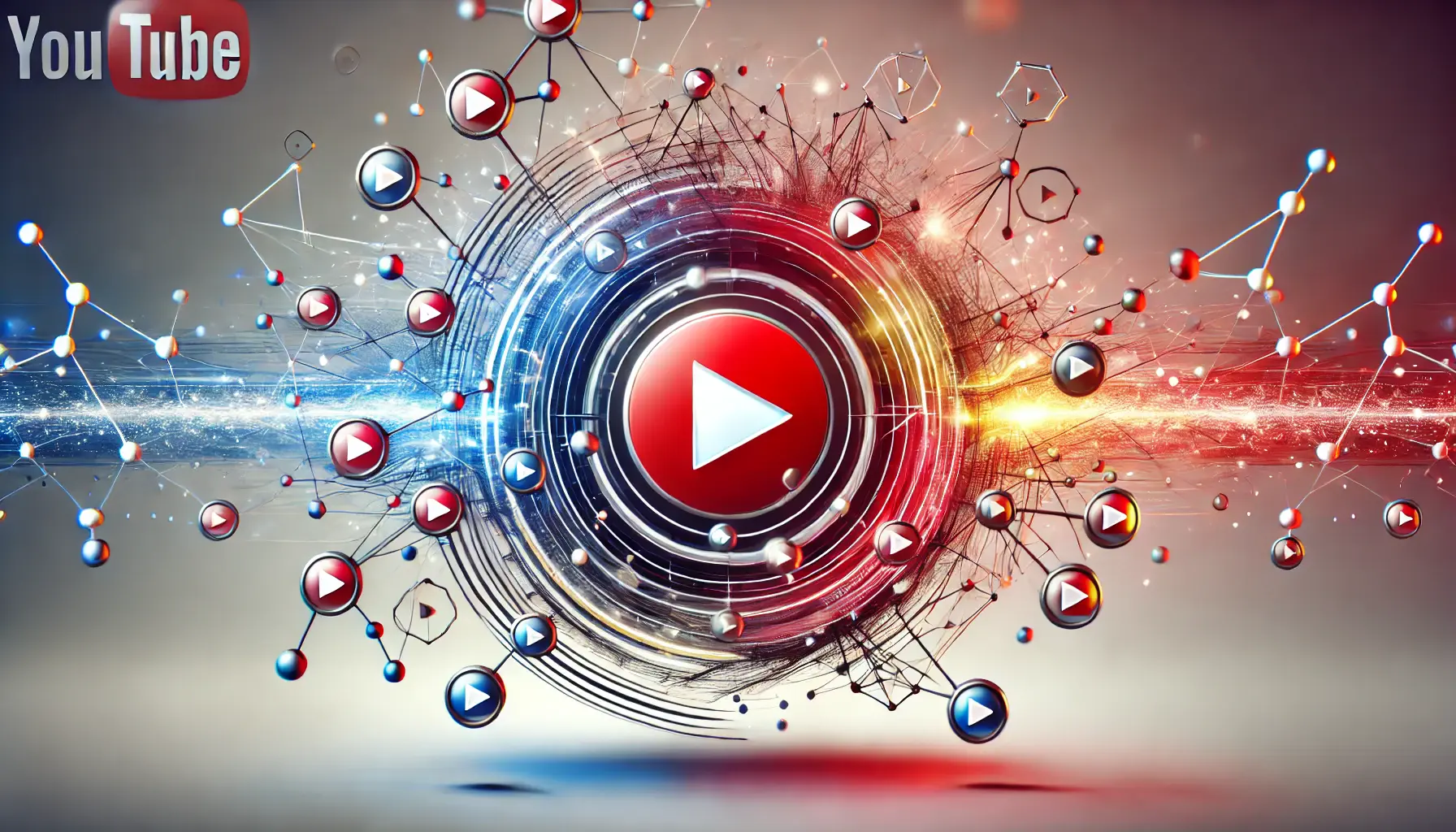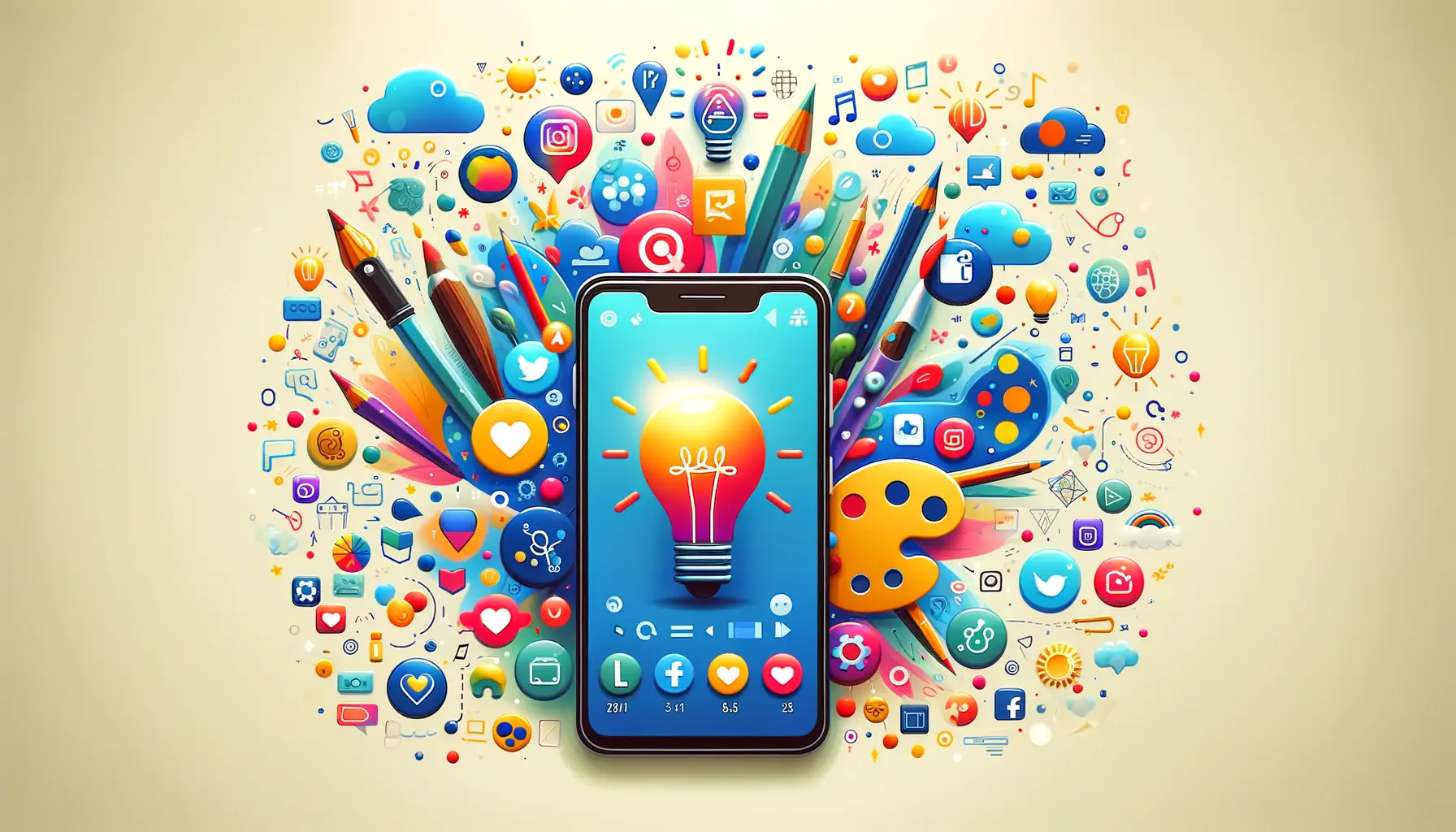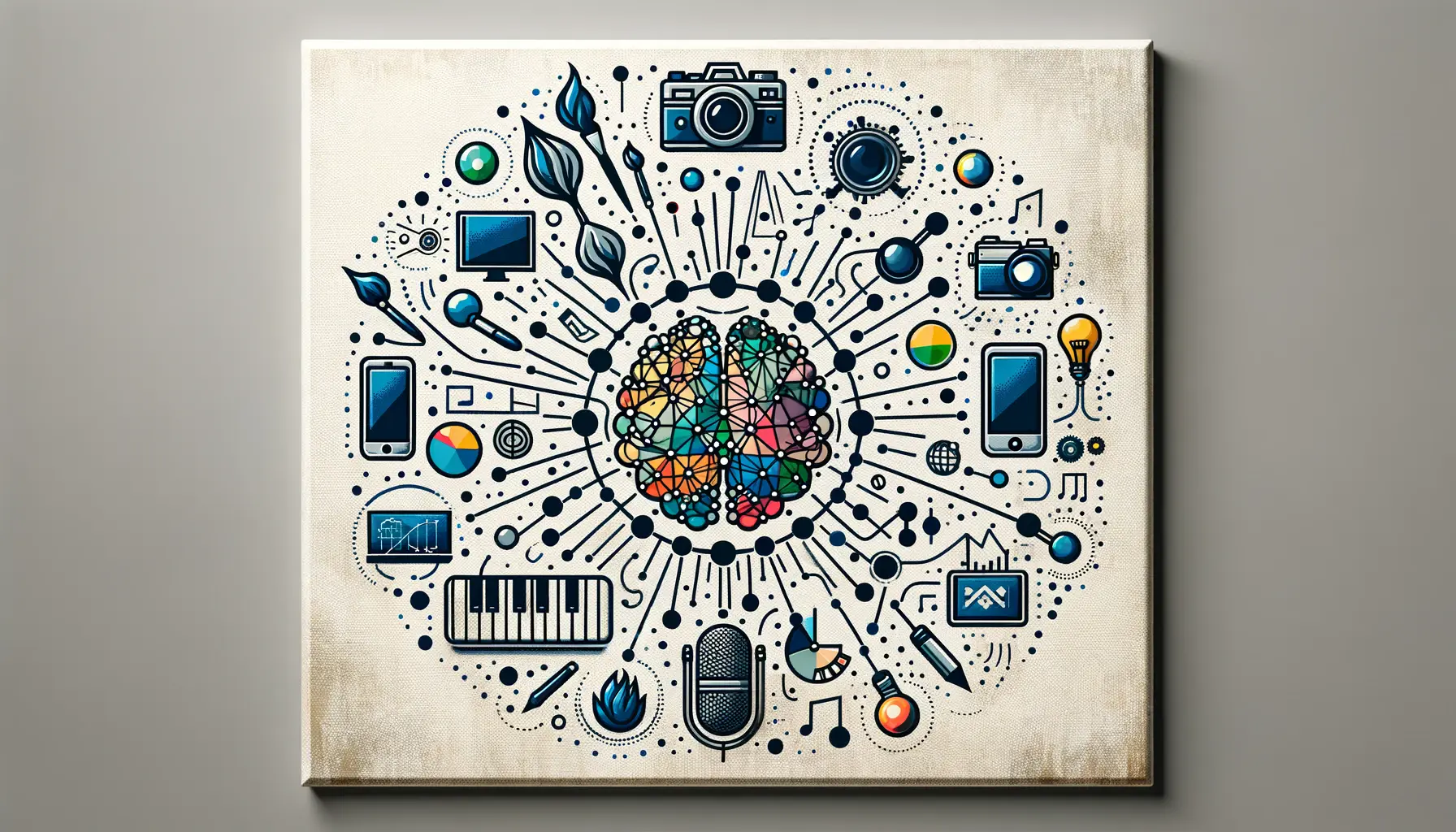In the evolving landscape of artificial intelligence, the intersection of creativity and technology has birthed groundbreaking tools that redefine the boundaries of art and design.
Among these innovations, DALL-E, a cutting-edge AI developed by OpenAI, stands out for its ability to generate images from textual descriptions.
This capability not only showcases the potential of AI in creative fields but also opens up new avenues for collaborative projects that blend human ingenuity with machine precision.
The integration of DALL-E into various sectors has sparked a revolution, enabling creators, designers, and even educators to explore uncharted territories of creativity.
By harnessing the power of DALL-E, these collaborative projects are not just about producing art; they are about reimagining the creative process, enhancing learning experiences, and pushing the envelope of what’s possible when humans and machines work together.
- Exploring the Capabilities of DALL-E
- The Impact of DALL-E on Creative Industries
- Challenges and Ethical Considerations
- Future Directions and Possibilities
- Integrating DALL-E into Workflow
- Education and Skill Development
- Overcoming Technical Limitations
- Embracing the Future with DALL-E
- FAQs on Collaborative Projects Using DALL-E
Exploring the Capabilities of DALL-E
Understanding DALL-E’s Image Generation
DALL-E’s core functionality revolves around its ability to interpret textual prompts and translate them into detailed, coherent images.
This process involves a complex interplay of algorithms trained on a diverse dataset of images and text, allowing the AI to understand context, nuances, and even abstract concepts.
The result is a tool that can create anything from realistic photographs to fantastical scenes, all from a simple sentence or phrase.
The implications of this technology are profound.
For artists and designers, DALL-E acts as a digital muse, offering visual interpretations of ideas that can inspire new artworks or serve as the foundation for further creative exploration.
In educational settings, DALL-E can be used to bring concepts to life, providing visual aids that enhance learning and engagement.
The potential applications are as limitless as the imagination of the users, making DALL-E a versatile tool in the creative arsenal.
Collaboration Between Humans and AI
The advent of DALL-E has paved the way for unique collaborations between humans and AI.
These partnerships leverage the strengths of both parties: the creative vision and emotional depth of humans, combined with the speed, efficiency, and scalability of AI.
Projects that once would have taken weeks to conceptualize and execute can now be kickstarted in minutes, with DALL-E providing a rapid prototyping tool that brings ideas to visual fruition.
One notable aspect of working with DALL-E is the iterative process it facilitates.
Designers can refine their prompts based on initial outputs, effectively “conversing” with the AI to hone in on the desired result.
This iterative process is not just about achieving a specific visual outcome; it’s a journey of discovery, where unexpected results can inspire new directions and ideas.
It exemplifies the potential of AI to act not just as a tool, but as a collaborator in the creative process.
The collaboration between humans and DALL-E is not just about the end product; it’s about redefining the journey of creation itself, making it more dynamic, interactive, and exploratory.
The Impact of DALL-E on Creative Industries
The integration of DALL-E into the creative industries has been nothing short of transformative.
By enabling the rapid generation of visual content, DALL-E has opened up new possibilities for innovation and efficiency in fields ranging from graphic design to advertising, and even film production.
The impact of this technology extends beyond just the creation of art; it’s reshaping the entire creative process, from ideation to execution.
Revolutionizing Graphic Design
Graphic design is one area where DALL-E’s influence is particularly evident.
Designers are using DALL-E to:
- Quickly generate concepts and mockups, reducing the time spent on the initial stages of design.
- Create unique visual elements that can be incorporated into larger designs, such as logos, icons, and illustrations.
- Experiment with styles and aesthetics that would be time-consuming or difficult to achieve manually.
This newfound efficiency and creative freedom allow designers to focus more on the strategic aspects of their work, such as user experience and branding, rather than getting bogged down in the minutiae of visual content creation.
Transforming Advertising and Marketing
In the realm of advertising and marketing, DALL-E is proving to be a game-changer by:
- Enabling the creation of highly customized and targeted visual content that speaks directly to specific audiences.
- Allowing teams to rapidly prototype and test different visual strategies without the need for extensive resources.
- Generating a diverse range of visual content for social media campaigns, enhancing engagement and reach.
The ability to quickly produce visually compelling content that resonates with viewers is invaluable in the fast-paced world of marketing, where trends and consumer preferences can change overnight.
Enhancing Film and Entertainment
DALL-E’s impact is also being felt in the film and entertainment industry, where it’s used to:
- Conceptualize set designs and costumes, providing a visual reference for production teams.
- Create promotional materials, such as posters and trailers, that capture the essence of the film.
- Generate visual effects and backgrounds for scenes, reducing the reliance on expensive CGI techniques.
By streamlining the production process and offering new avenues for creativity, DALL-E is helping filmmakers and content creators bring their visions to life with unprecedented speed and flexibility.
DALL-E’s role in the creative industries is not just as a tool for generating art, but as a catalyst for innovation, enabling professionals to explore new ideas and push the boundaries of what’s possible.
Challenges and Ethical Considerations
While DALL-E and similar AI technologies offer immense potential for creativity and innovation, their use also raises important challenges and ethical considerations.
As these tools become more integrated into various industries, it’s crucial to address the implications of AI-generated content, including issues related to copyright, originality, and the impact on traditional creative roles.
Understanding the ethical landscape surrounding DALL-E involves examining several key areas:
- The distinction between AI-assisted creation and outright automation of creative work.
- Concerns over the potential for AI to replicate and distribute copyrighted material without proper attribution or compensation.
- The balance between leveraging AI for productivity gains and preserving the value of human creativity and craftsmanship.
Navigating Copyright and Ownership
One of the most pressing ethical issues is the question of copyright and ownership of AI-generated images.
DALL-E’s ability to produce original artwork based on textual prompts blurs the lines between machine and creator, raising questions such as:
- Who holds the copyright to an image generated by AI: the user who inputted the prompt, the creators of the AI, or neither?
- How can artists protect their work from being used as training data without their consent?
- What mechanisms can be put in place to ensure fair compensation for creators whose work contributes to AI development?
Addressing these questions requires a collaborative effort between technologists, legal experts, and the creative community to develop frameworks that respect copyright while encouraging innovation.
Preserving Human Creativity
Another significant concern is the impact of AI on human creativity and employment within creative industries.
While DALL-E can enhance the creative process, there is apprehension about the potential for AI to replace human roles, leading to:
- Devaluation of skills that have traditionally been highly valued in the arts, such as illustration and design.
- Reduction in opportunities for emerging artists and creators as AI-generated content becomes more prevalent.
- Loss of cultural and emotional depth that is inherently tied to human-created art.
To mitigate these concerns, it’s essential to foster a culture of collaboration between humans and AI, where technology serves as a tool to augment human creativity rather than replace it.
This approach emphasizes the irreplaceable value of human insight, emotion, and experience in the creative process.
The ethical integration of DALL-E into creative workflows requires careful consideration of copyright, ownership, and the preservation of human creativity, ensuring that AI serves to enhance rather than diminish the artistic expression.
Future Directions and Possibilities
The advent of DALL-E has not only transformed current creative practices but also opened the door to a future brimming with untapped potential.
As technology evolves, the possibilities for collaboration between AI and human creativity expand, promising to usher in a new era of innovation across various domains.
Looking forward, several key areas highlight the future directions and possibilities of DALL-E and similar AI technologies.
Exploring these future directions involves considering the advancements in AI capabilities, the expansion of DALL-E’s applications beyond the arts, and the potential for creating more immersive and interactive experiences.
Advancements in AI Creativity
As AI research continues to advance, we can expect DALL-E and similar technologies to become even more sophisticated in their understanding and generation of creative content.
Future developments may include:
- Improved contextual understanding, allowing AI to create more nuanced and complex images that better reflect the intent behind textual prompts.
- Enhanced collaboration features that allow for more seamless integration of AI-generated content into human-led creative projects.
- Greater customization and control over the creative output, enabling users to specify styles, themes, and other parameters with greater precision.
These advancements will not only enhance the quality and relevance of AI-generated images but also open new avenues for creative expression and storytelling.
Expanding Beyond the Arts
While DALL-E’s impact on the arts and creative industries is evident, its potential applications extend far beyond these fields.
Future directions include:
- Education and training, where DALL-E can generate visual aids and simulations to enhance learning experiences in subjects ranging from history to science.
- Healthcare, where AI-generated images can be used for therapeutic purposes, patient education, or to visualize medical conditions and treatments.
- Urban planning and architecture, with DALL-E providing visualizations of development projects, landscape designs, and architectural concepts.
These applications demonstrate the versatility of DALL-E as a tool for visualizing complex ideas and concepts across a wide range of disciplines.
Creating Immersive Experiences
The future of DALL-E also lies in its potential to create more immersive and interactive experiences.
By combining AI-generated imagery with virtual and augmented reality technologies, it’s possible to:
- Develop virtual environments and experiences that are indistinguishable from reality, offering new ways to explore art, history, and culture.
- Create interactive storytelling experiences where visuals adapt in real-time to user inputs or narrative changes.
- Enhance gaming and entertainment with dynamic, AI-generated visuals that respond to player actions and decisions.
These immersive experiences could redefine our interaction with digital content, making it more engaging, personalized, and emotionally resonant.
The future of DALL-E and AI in creativity is not just about improving technology but about reimagining the possibilities of human and machine collaboration, expanding the horizons of what can be achieved in art, education, healthcare, and beyond.
Integrating DALL-E into Workflow
The integration of DALL-E into various workflows represents a significant shift in how projects are conceptualized, developed, and finalized.
This process not only enhances efficiency but also fosters a new level of creativity and innovation.
As industries begin to embrace DALL-E, understanding the best practices for its integration becomes crucial for maximizing its potential.
Adopting DALL-E into daily operations involves a strategic approach, ensuring that the technology complements human skills and enhances the overall creative process.
Here are some key considerations for seamlessly integrating DALL-E into your workflow:
Streamlining Concept Development
One of the primary benefits of DALL-E is its ability to rapidly generate visual concepts from textual descriptions.
This capability can be particularly useful in the early stages of project development, where visualizing ideas can often be challenging and time-consuming.
To leverage DALL-E effectively:
- Use DALL-E to create initial mockups and visual concepts based on project briefs, significantly reducing the time required for conceptualization.
- Iterate on these concepts quickly by adjusting prompts based on team feedback, allowing for a more dynamic and responsive design process.
- Employ DALL-E’s diverse output to explore multiple creative directions without the need for extensive manual work, encouraging broader exploration of ideas.
This approach not only accelerates the concept development phase but also opens up new creative possibilities that may not have been initially considered.
Enhancing Collaboration and Feedback
DALL-E can also play a crucial role in facilitating collaboration and feedback within teams.
By generating visual content that can be easily shared and discussed, DALL-E helps bridge communication gaps between team members, especially those with different areas of expertise.
To enhance collaboration:
- Share DALL-E-generated visuals during team meetings or in collaborative tools to provide a concrete basis for discussion and feedback.
- Use the AI’s output as a starting point for brainstorming sessions, encouraging team members to build upon the ideas presented by the AI.
- Incorporate feedback loops where DALL-E-generated concepts are refined based on team input, fostering a sense of ownership and collaboration across the project lifecycle.
Integrating DALL-E in this manner not only streamlines the feedback process but also promotes a more inclusive and collaborative project environment.
Optimizing Final Production
Finally, DALL-E can significantly impact the final production stages of a project.
Whether it’s creating detailed visuals for a marketing campaign or generating assets for a digital product, DALL-E can provide high-quality output that meets production standards.
To optimize final production:
- Utilize DALL-E to generate final or near-final visual assets, especially for projects where time or resources are limited.
- Customize and refine AI-generated images to ensure they align with project requirements and brand guidelines, maintaining a high standard of quality.
- Integrate DALL-E-generated content with traditional design elements, creating a seamless blend of AI and human creativity that enhances the final product.
By incorporating DALL-E into the workflow, teams can not only improve the efficiency and quality of their output but also redefine their creative processes to be more inclusive, innovative, and responsive to project needs.
The successful integration of DALL-E into workflows hinges on a balanced approach that leverages AI’s strengths while maintaining the irreplaceable value of human creativity and insight.
Education and Skill Development
The advent of DALL-E and similar AI technologies has not only revolutionized the creative industries but also holds transformative potential for education and skill development.
By providing an accessible platform for visual learning and creativity, DALL-E can play a pivotal role in enhancing educational outcomes and fostering a new generation of creative thinkers.
Incorporating DALL-E into educational settings involves a thoughtful approach to curriculum design, pedagogy, and student engagement.
Here’s how DALL-E can contribute to education and skill development:
Visual Learning and Conceptualization
Visual aids have always been a crucial component of effective teaching methodologies.
DALL-E elevates this approach by enabling the generation of custom visuals that can illustrate complex concepts across various subjects.
To leverage DALL-E for visual learning:
- Teachers can use DALL-E to create images that depict historical events, scientific phenomena, or mathematical concepts, making abstract or difficult topics more accessible and engaging for students.
- Visual prompts generated by DALL-E can serve as discussion starters or problem-solving exercises, encouraging critical thinking and creativity among students.
- For subjects like art and design, DALL-E can be used to introduce students to a wide range of styles, techniques, and historical periods, fostering a deeper understanding and appreciation of the subject matter.
This approach not only enriches the learning experience but also caters to diverse learning styles, making education more inclusive and effective.
Encouraging Creative Experimentation
DALL-E’s ability to generate a wide array of visual outputs from textual prompts offers a unique opportunity for students to experiment with ideas and explore their creativity.
In this context:
- Students can engage in projects where they use DALL-E to visualize their own stories, concepts, or designs, providing a tangible outcome for their creative thinking.
- Teachers can organize workshops or assignments that involve using DALL-E to solve problems or create projects, helping students develop skills in creative thinking, digital literacy, and technology use.
- By exploring the capabilities and limitations of DALL-E, students can learn about the intersection of technology and art, preparing them for future careers in fields that require both technical and creative skills.
Such activities not only enhance students’ creativity but also build their confidence in using technology as a tool for expression and innovation.
Professional Development for Educators
For educators, DALL-E offers a platform for professional development, enabling them to integrate cutting-edge technology into their teaching practices.
To maximize the benefits of DALL-E for educators:
- Professional development programs can include training on using DALL-E and other AI tools, equipping teachers with the skills to incorporate these technologies into their curriculum.
- Educators can collaborate on interdisciplinary projects that utilize DALL-E, fostering a community of practice that shares insights, strategies, and learning outcomes.
- By staying abreast of technological advancements, educators can design more relevant and engaging learning experiences, ensuring that their teaching methods evolve alongside the changing landscape of education and technology.
Integrating DALL-E into education and skill development not only enhances the learning experience for students but also empowers educators to innovate and adapt to the digital age.
DALL-E’s impact on education extends beyond the classroom, offering opportunities for skill development, creative exploration, and professional growth, thereby shaping a future where technology and creativity go hand in hand.
Overcoming Technical Limitations
As with any emerging technology, DALL-E faces its share of technical limitations and challenges.
These hurdles range from issues of image fidelity and diversity to ethical concerns around content generation.
Addressing these limitations is crucial for the continued evolution and application of DALL-E in various fields.
Efforts to overcome these technical limitations involve ongoing research, development, and ethical considerations.
Here’s how developers and researchers are working to enhance DALL-E’s capabilities and ensure its responsible use:
Improving Image Quality and Diversity
One of the primary challenges facing DALL-E is ensuring high-quality image output that accurately reflects the diversity of human experience and imagination.
To address this:
- Researchers are continuously refining DALL-E’s algorithms to improve the resolution, detail, and artistic quality of generated images, ensuring they meet the standards required for professional use.
- Efforts are underway to expand the dataset on which DALL-E is trained, incorporating a wider range of cultural, historical, and artistic references to enhance the diversity and inclusivity of its outputs.
- Developers are implementing feedback mechanisms that allow users to refine and iterate on generated images, providing more control over the final product.
These improvements aim to make DALL-E a more versatile and reliable tool for creators across different domains, from art and design to marketing and education.
Addressing Ethical and Content Concerns
Beyond technical aspects, ethical considerations play a significant role in the development of DALL-E.
Ensuring the responsible generation of content involves:
- Developing guidelines and filters to prevent the creation of harmful, offensive, or inappropriate content, safeguarding against misuse of the technology.
- Implementing measures to respect copyright and intellectual property rights, ensuring that DALL-E’s training data and outputs do not infringe on the rights of creators.
- Engaging with diverse communities to understand the social and cultural implications of AI-generated content, promoting an inclusive approach to AI development.
By tackling these ethical and content-related challenges, developers can foster trust in DALL-E and similar technologies, ensuring they contribute positively to society and culture.
Enhancing User Experience and Accessibility
Maximizing the potential of DALL-E also involves making the technology accessible and user-friendly for a broad audience.
This includes:
- Creating intuitive interfaces and tools that allow users with varying levels of technical expertise to leverage DALL-E’s capabilities.
- Providing educational resources and tutorials to help users understand how to effectively use DALL-E for their specific needs.
- Ensuring that DALL-E and its applications are accessible to individuals with disabilities, promoting inclusivity in the digital creative space.
These efforts to improve user experience and accessibility are essential for democratizing access to AI technologies, enabling a wider range of individuals and communities to benefit from the creative possibilities they offer.
Overcoming the technical limitations of DALL-E requires a multifaceted approach that balances technological innovation with ethical considerations and user-centric design, paving the way for a future where AI enhances human creativity in responsible and inclusive ways.
Embracing the Future with DALL-E
The journey through the realms of creativity and innovation, guided by the capabilities of DALL-E, underscores a pivotal shift in the landscape of art, design, education, and beyond.
As we stand on the brink of a new era where technology and human ingenuity intertwine more closely than ever, the potential for collaborative projects using DALL-E paints a future rich with possibilities.
This exploration has not only highlighted the transformative impact of DALL-E across various sectors but also addressed the challenges and ethical considerations that accompany its integration into our lives and workflows.
The Path Forward
Looking ahead, the trajectory of DALL-E and similar AI technologies is poised to redefine the boundaries of what is creatively possible.
Embracing DALL-E requires a balanced approach, one that harnesses its potential to enhance human creativity while navigating the ethical landscapes it presents.
The future directions for DALL-E suggest a world where AI-generated content complements human creativity, offering tools that amplify our ability to express, innovate, and educate.
- Continued advancements in AI will further refine DALL-E’s capabilities, making it an even more powerful tool for creative expression.
- The expansion of DALL-E into education and professional development opens new avenues for learning and creativity, making these fields more accessible and inclusive.
- Addressing technical limitations and ethical concerns will remain a priority, ensuring that DALL-E’s development is guided by principles of responsibility and inclusivity.
Collaborative Creativity: A New Paradigm
The essence of collaborative projects using DALL-E lies in the synergy between human creativity and AI’s computational power.
This partnership offers a glimpse into a future where creative endeavors are not limited by the constraints of traditional mediums or individual capabilities.
Instead, we are moving towards a paradigm where creativity is a collaborative effort between humans and machines, each bringing unique strengths to the table.
- The integration of DALL-E into creative workflows enhances efficiency, fosters innovation, and opens up new possibilities for expression.
- In educational settings, DALL-E serves as a bridge between abstract concepts and visual understanding, enriching the learning experience for students of all ages.
- As we navigate the challenges and opportunities presented by DALL-E, the focus remains on leveraging this technology to complement and augment human creativity, rather than replace it.
In conclusion, the advent of DALL-E marks a significant milestone in the journey of creative and technological evolution.
As we continue to explore the vast potential of collaborative projects using DALL-E, the future holds the promise of a world enriched by the boundless possibilities of human and AI collaboration.
Embracing this future requires not only technological innovation but also a commitment to ethical practices, inclusivity, and a deep appreciation for the irreplaceable value of human creativity.
FAQs on Collaborative Projects Using DALL-E
Explore commonly asked questions about leveraging DALL-E for collaborative projects, offering insights into its capabilities, usage, and ethical considerations.
DALL-E is an AI by OpenAI that generates images from textual descriptions, using advanced algorithms to understand and visualize concepts.
Yes, DALL-E can be used for commercial purposes, including marketing, design, and content creation, following OpenAI’s usage policies.
DALL-E fosters creativity by providing a platform for rapid prototyping, visual brainstorming, and the exploration of diverse artistic styles.
Yes, users can refine and customize images generated by DALL-E through iterative feedback and adjusting textual prompts for desired outcomes.
Users must consider copyright, consent for using training data, and the impact of AI on creative industries when utilizing DALL-E.
Yes, DALL-E can be a valuable educational tool, offering visual aids for teaching and facilitating creative learning experiences.
OpenAI has guidelines to ensure DALL-E respects copyright laws, encouraging users to use the tool responsibly and ethically.
Future enhancements for DALL-E may include improved image quality, broader creative capabilities, and more nuanced understanding of prompts.

